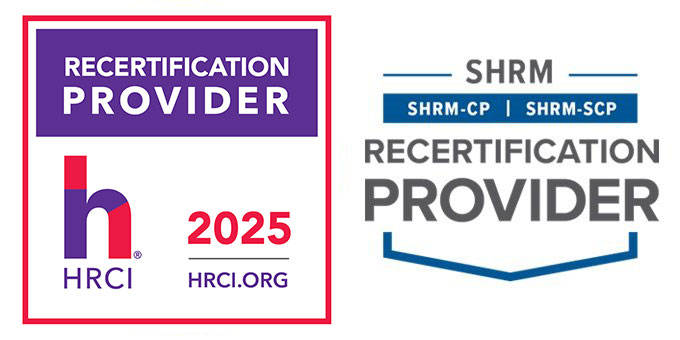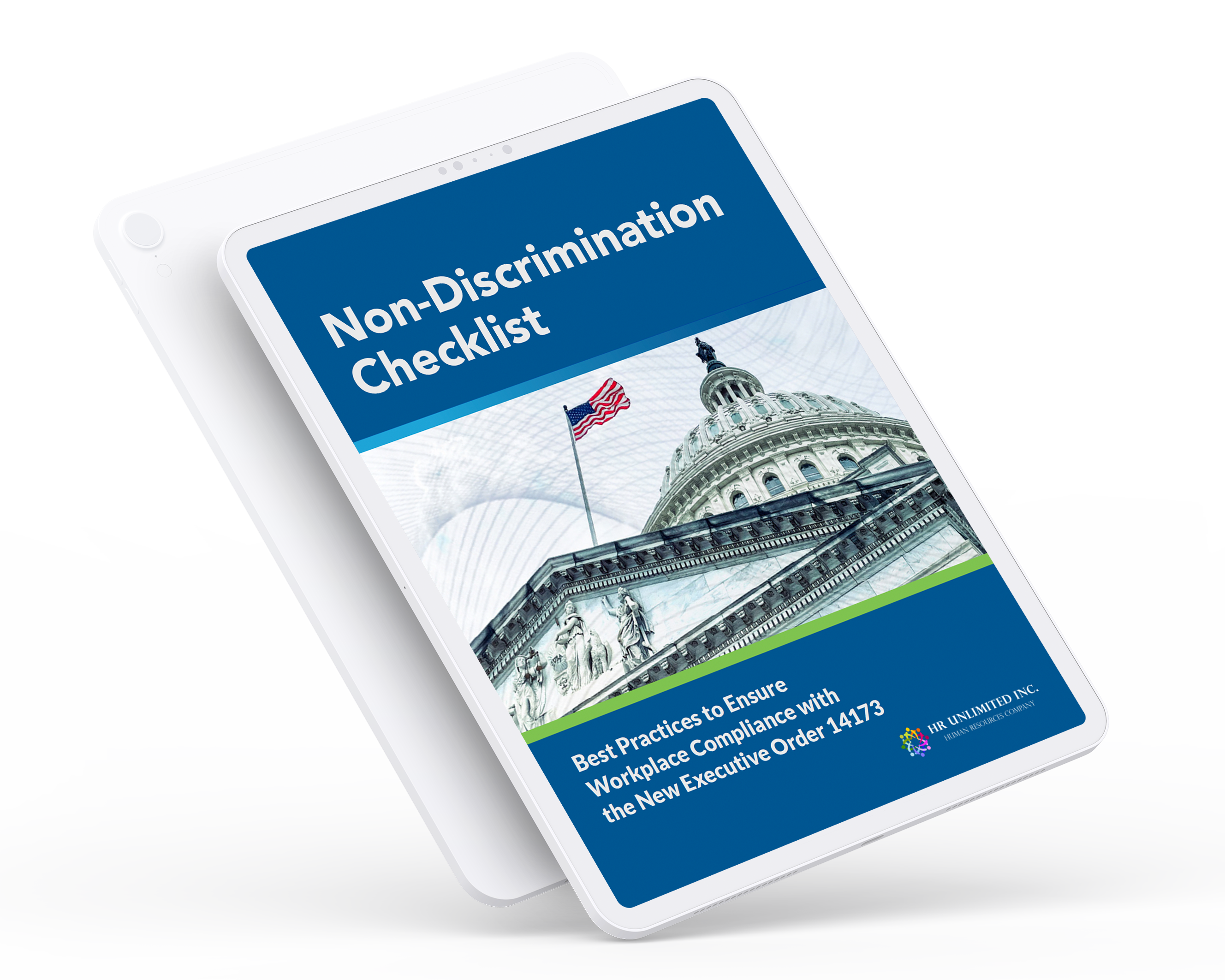Affirmative Action burst onto the American employment landscape about 45 years ago as a means to combat decades of racial discrimination by employers. That year, all Federal agencies were required by Federal law to put into place certain programs meant to ensure that all job applicants were considered without regard to “race, creed, color, or national origin,” and to guarantee that these factors played no role in the treatment of employees once hired. Eventually, Affirmative Action grew to include other protected classes, such as persons with disabilities, women and military veterans.
Almost out of the gate, however, challenges to the Affirmative Action program abounded, sometimes in the form of “reverse discrimination” actions brought by non-minorities claiming to be negatively affected by the Affirmative Action program. Other times, challenges arose by employees claiming that their employers simply were not following the sometimes-murky guidelines of the Affirmative Action program.
The contention surrounding Affirmative Action has left many employers with a bad taste in their mouths. Federal deregulation and inadequate enforcement fueled the employer anti-Affirmative Action rebound, leaving the once progressive-seeming program ringing hollow and out of date. Even Hon. Clarence Thomas, the only African-American member of the U.S. Supreme Court, has spoken out against Affirmative Action, leaving American employers to wonder what place the aged employment policy holds in today’s business climate.
Although it is true that Affirmative Action has taken Federal contractors on a bumpy ride, the need for equal employment opportunity programs remains, and the benefits to employers who establish and carry out strong Affirmative Action programs are numerous and valuable. For these reasons, the time has come to re-brand the decades-old Affirmative Action program and return to the roots of the Federal effort to create a diverse and balanced workforce as intended by President John F. Kennedy when he first used the phrase “affirmative action” back in 1961.
The U.S. workplace has changed greatly over the past four decades, adding new challenges for employers. However, a few key elements have not changed, and these are the exact reasons why employers must breathe new life into the antiquated Affirmative Action paradigm. These include avoiding the penalties imposed upon businesses that do not bother to honor the government’s mandate and, conversely, reaping the benefits awarded to those employers that do.
Even in light of rampant government deregulation, enforcement of Affirmative Action appears more stringent than ever, and employers face heavy penalties if found to be in violation of compliance. These penalties come both in the form of direct financial costs borne by the company and in the form of lost credibility in the business environment – which leads to further economic loss. A company found in violation of Affirmative Action compliance may risk its current government contracts; more daunting, the company could become ineligible to bid for future government contracts, a serious blow to many businesses. Other possible financial losses include back pay and other financial recompense to be paid to the victims of the firm’s discrimination. Indeed, hefty financial settlements between the government and companies found to have violated Affirmative Action laws are common. Similarly, many states have implemented their own employment equality legislation allowing fines against companies that violate Affirmative Action rules. For example, New Jersey’s Title 10 nullifies any public works contract not containing required Affirmative Action language and further allows for a $1,000.00-per-day fine against the contracting business until the breach is remedied.
A company found to be in violation of Affirmative Action also faces a knock-back to its reputation, as the statutory penalty may include the government’s publication of the non-compliant firm’s name, often in the form of a nationally issued press release detailing the company’s discriminatory behavior and the resulting sanctions. As a result, companies found to be non-compliant with Affirmative Action may lose valuable contracts and business opportunities, and talented job candidates may shy away from employment with these firms. This all adds up to lost revenue for a company.
These potential costs clearly signal that today’s employers need to return to the roots of Affirmative Action. The establishment and maintenance of best practices as required by the Federal guidelines ensures a diverse workforce of talents, an economic plus in the modern global economy. Until recently, the Secretary of the U.S. Department of Labor and the Director of Federal Contract Compliance Programs used to reward companies that had implemented exemplary best practices as a way to encourage businesses to establish effective Affirmative Action strategies and systems. Such best practices include: training Human Resources managers and employees as to Equal Employment Opportunity laws; implementing a strong EEO policy and training all employees as to that policy; promoting a culture of inclusion and open communication; establishing objective and neutral employment criteria so as to avoid hiring decisions based upon stereotypes and hidden biases; offering all employees notice of job openings and promotion criteria; and implementing a strong anti-harassment policy, including training and enforcement.
A well-planned and thoroughly executed Affirmative Action program reaps rewards for companies. A study conducted by University of Illinois professor Dr. Cedric Herring in 2009 analyzed more than 1,000 American businesses, and Dr. Herring found that employers with diverse employee pools have stronger bottom lines, the result of a stronger customer base, a larger market share and higher sales revenue, all of which resulted in higher profits.
Moreover, happy employees are productive employees, so an employer who takes the time and care to ensure a well-rounded, fairly treated pool of workers will see a return on investment in the form of dedicated and hard-working associates. All of this means a strong bottom line for the business.
The time for companies to re-think and re-energize their Affirmative Action programs is now. Such an activity is worth a business’ time and money, as the rewards of a re-born Affirmative Action program far outweighs the costs of the status quo.





